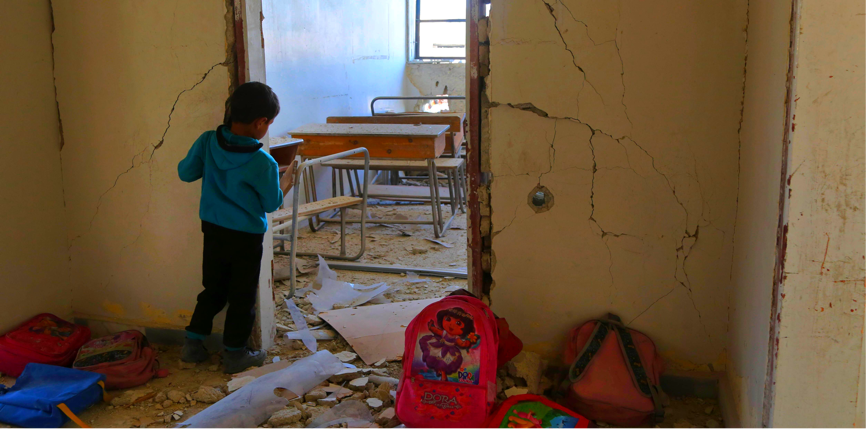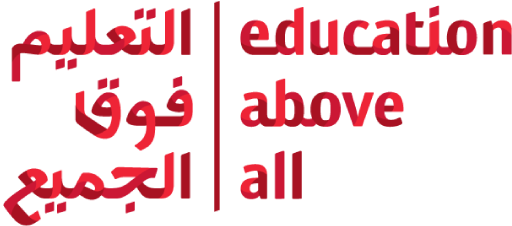Credits
The Global Coalition to Protect Education from Attack (GCPEA) includes: co-chairs Human Rights Watch and Save the Children, the Council for At-Risk Academics (Cara), the Institute of International Education (IIE), the Office of the United Nations High Commissioner for Refugees (UNHCR), the Education Above All Foundation (EAA), the United Nations Children’s Fund (UNICEF) and the United Nations Educational, Scientific and Cultural Organization (UNESCO). GCPEA is a project of the Tides Center, a non-profit 501(c)(3) organization.
Education under Attack 2018 is the result of independent research conducted by GCPEA. It is independent of the individual member organizations of the Steering Committee of GCPEA and does not necessarily reflect the views of the Steering Committee member organizations.
Generous support for Education under Attack 2018 has been provided by the Education Above All Foundation, the Norwegian Ministry of Foreign Affairs, and an anonymous donor. EAA has been working to prevent attacks on education and partnering with GCPEA since 2011. Columbia University’s Mailman School of Public Health contributed in-kind research support. The NoVo Foundation has also been a supporter of GCPEA’s work.
Site design and development by Primer & Co.
Contributors
Research Director: Amy Kapit
Initial Research Coordinator: Andrea Mazzarino
Research Team: Cristal Downing and Anji Manivannan
Contributing Researchers and Writers: Micah Chabowski, Courtney Clark, Jennifer Cotton, Allison Cowie, Abdallah Ewis, Cate Dorigan, Sébastien Hine, Dana Marrero, Veera Mitzner, Christine Monaghan, Christopher Sfetsios, Siobhan Smith, Patrick Spauster, Chloé Suberville, Nang Thwe
Acknowledgments
GCPEA is grateful to members of its Secretariat, Monitoring and Reporting Working Group, and Steering Committee who provided feedback on and advised on this project, as well as staff members and consultants of member organizations who reviewed and commented on the country profiles, including: Véronique Aubert, Sébastien Hine, Peter Klanduch, Maleiha Malik, Zama Neff, Diya Nijhowne, James Ross, Gisela Schmidt-Martin, Bede Sheppard, Margaret Sinclair, Sarah Willcox, and Stephen Wordsworth.




